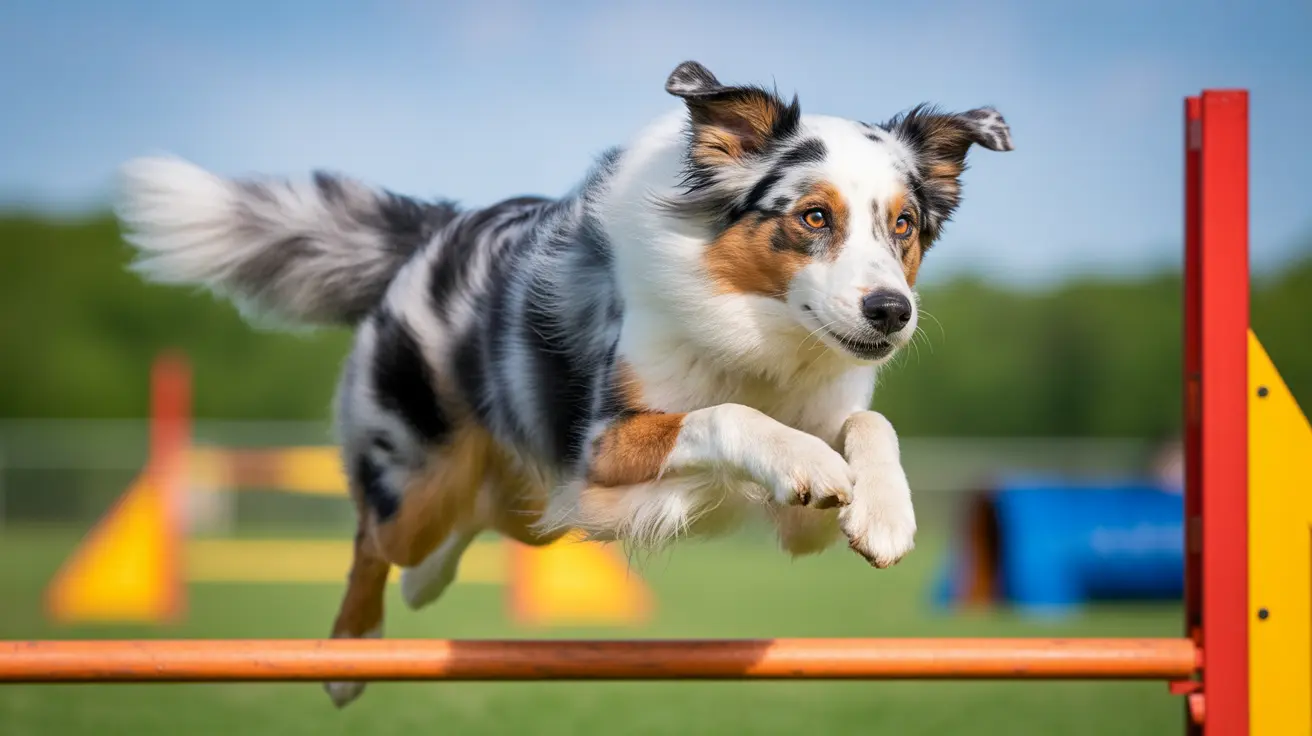Understanding the Lifespan of a Pomsky
The
Pomsky, a hybrid breed resulting from crossing a
Siberian Husky with a
Pomeranian, has captured the hearts of dog lovers due to its small-to-medium size, expressive face, and animated personality. A key question for prospective owners is: how long do Pomskies live? Like all dogs, factors such as genetics, environment, diet, exercise, and veterinary care significantly influence their longevity.
Average Lifespan
Pomskies typically have a lifespan ranging from
12 to 15 years. This range is in line with other small to medium-sized dogs. Their overall health and lifespan can often be projected by evaluating the health history of their parent breeds. The Pomeranian, a small dog with a long life expectancy, boosts the potential longevity of the Pomsky, while Siberian Huskies are generally healthy and tend to live into their early teens.
Factors Influencing a Pomsky’s Lifespan
Several variables influence how long a Pomsky lives:
- Genetics: Inherited traits and predisposition to conditions like patellar luxation, hip dysplasia, and eye disorders can shorten a dog's lifespan.
- Breeding Practices: Ethical breeders screen parent dogs for hereditary diseases, enhancing the chances of healthier offspring.
- Diet: A balanced, high-quality diet appropriate to a Pomsky’s size and activity level promotes long-lasting health.
- Exercise: Daily physical activity helps maintain a healthy weight and mental stimulation, both of which support longevity.
- Veterinary Care: Regular checkups, preventive care, vaccinations, and dental hygiene are essential in detecting and managing health issues early.
Common Health Concerns in Pomskies
While generally healthy, Pomskies can inherit health problems from either the Husky or Pomeranian line. Common conditions to be aware of include:
- Patellar luxation – a dislocation of the kneecap common in small breeds.
- Hip and elbow dysplasia – especially from the Husky side.
- Progressive Retinal Atrophy (PRA) – an inherited eye disease that can lead to blindness.
- Collapsed trachea – especially prevalent in small dogs like Pomeranians.
- Dental disease – small breeds often face dental issues if not properly managed.
Enhancing Your Pomsky's Lifespan
To maximize the longevity and quality of life of a Pomsky, consider the following recommendations:
- Early and consistent training – ensures mental stimulation and curbs destructive behavior.
- Daily physical activity – at least an hour of exercise such as walks, play, or agility training.
- Routine grooming – helps detect skin and coat issues, and keeps the double coat healthy.
- Scheduled vet visits – regular health screenings and vaccinations prevent serious illnesses.
- Quality diet – feed food that meets AAFCO standards, and consult a vet to tailor the diet to your dog’s needs.
The Impact of Lifestyle
Pomskies are
highly social dogs. When left alone for extended periods, they can develop separation anxiety, which may lead to behavioral problems or stress-related health issues. A stable, mentally stimulating, and affectionate home increases the chances of a longer life.
Environment also matters. While they adapt well to apartments or homes with yards, they require sufficient space and quality time with owners.
Importance of Adoption and Ethical Breeding
Pomskies are often produced via
artificial insemination, with the Husky as the mother due to the significant size difference between the parent breeds. Anyone interested in owning a Pomsky should prioritize reputable breeders who ensure the health of their dogs and avoid puppy mills. Alternatively, adoption from rescues is a compassionate and often healthier path, as rescue groups frequently screen for health and temperament.
Pomsky Lifespan in Generational Context
Pomsky generations (F1, F1B, F2, etc.) can affect consistency in appearance, size, and health outcomes:
- F1: First-generation cross; traits are more unpredictable.
- F1B/F1A: Backcrossed with a parent breed (usually Pomeranian or Husky); increased predictability and possibly more known health patterns.
- F2 and beyond: Successive Pomsky x Pomsky breeding tends to yield more predictable offspring behavior and size.
Conclusion
With a combination of good genes, proper care, and a nurturing environment, the average Pomsky can live
12 to 15 fulfilling years. While they make loving and vibrant companions, owners must be prepared for their grooming, social, exercise, and health needs. Choosing a Pomsky should come with a commitment to lifelong care, regular veterinary attention, and lots of affection — critical ingredients for a happy, long life together.





